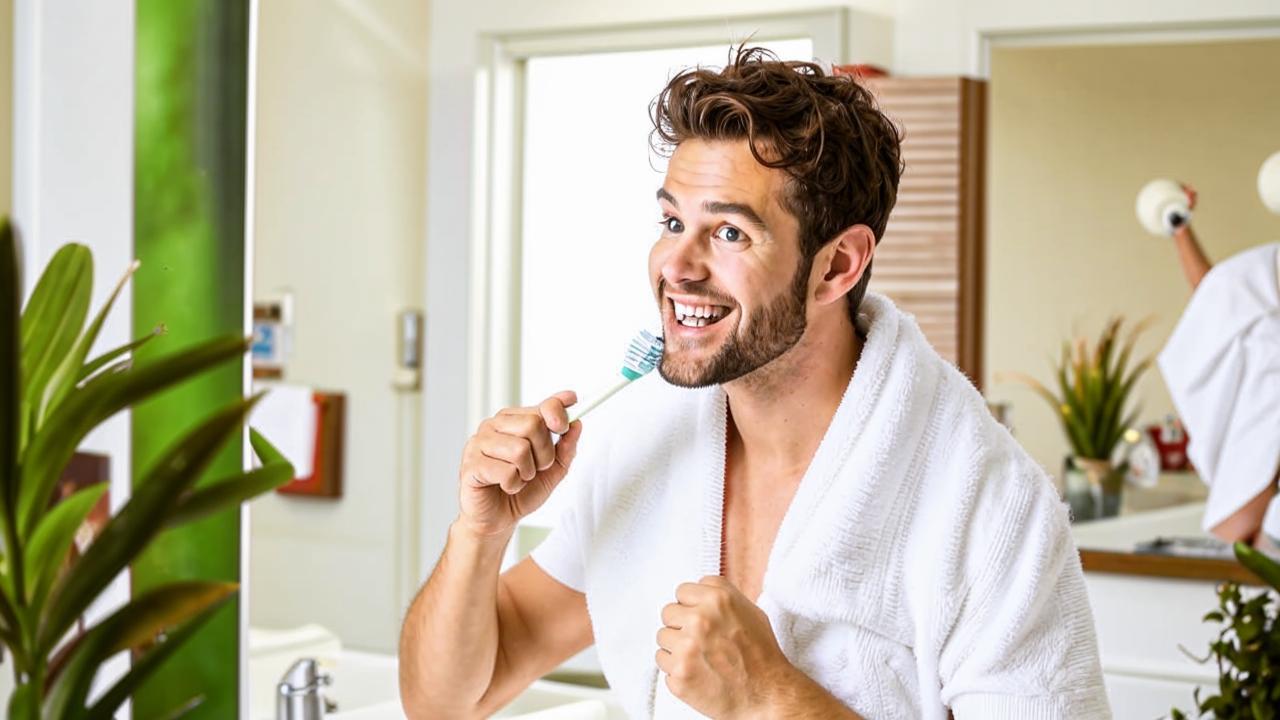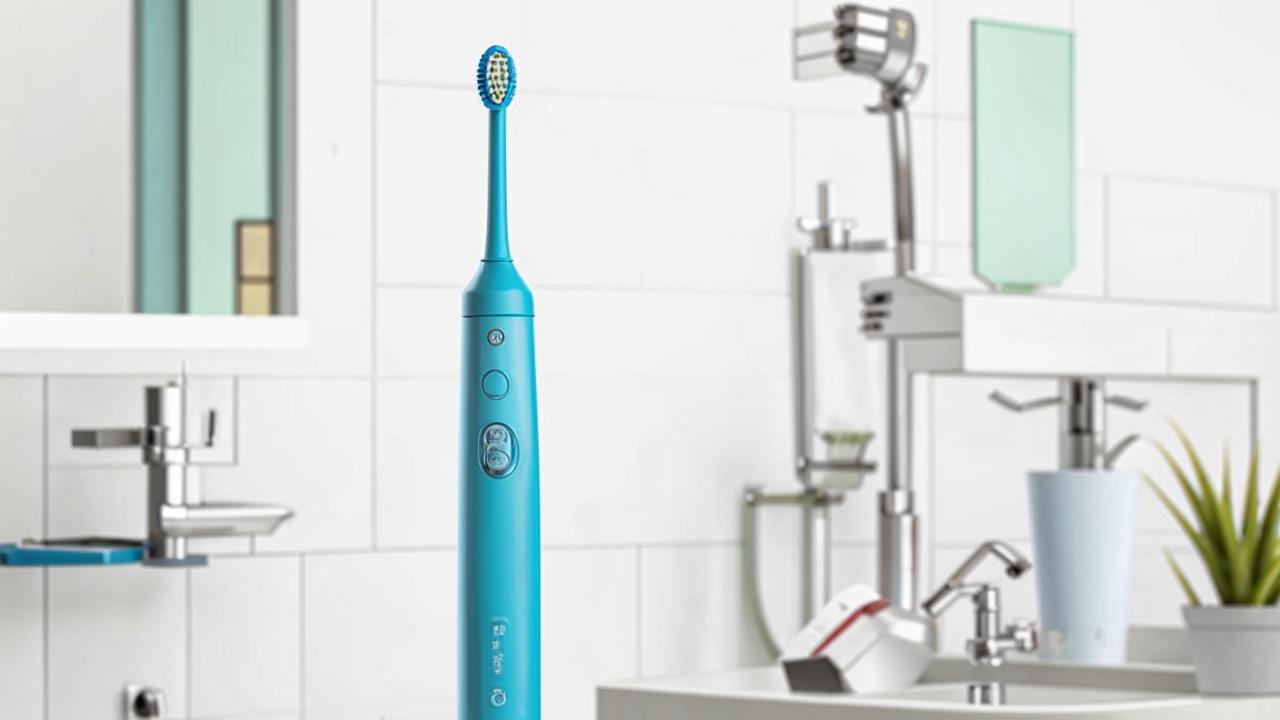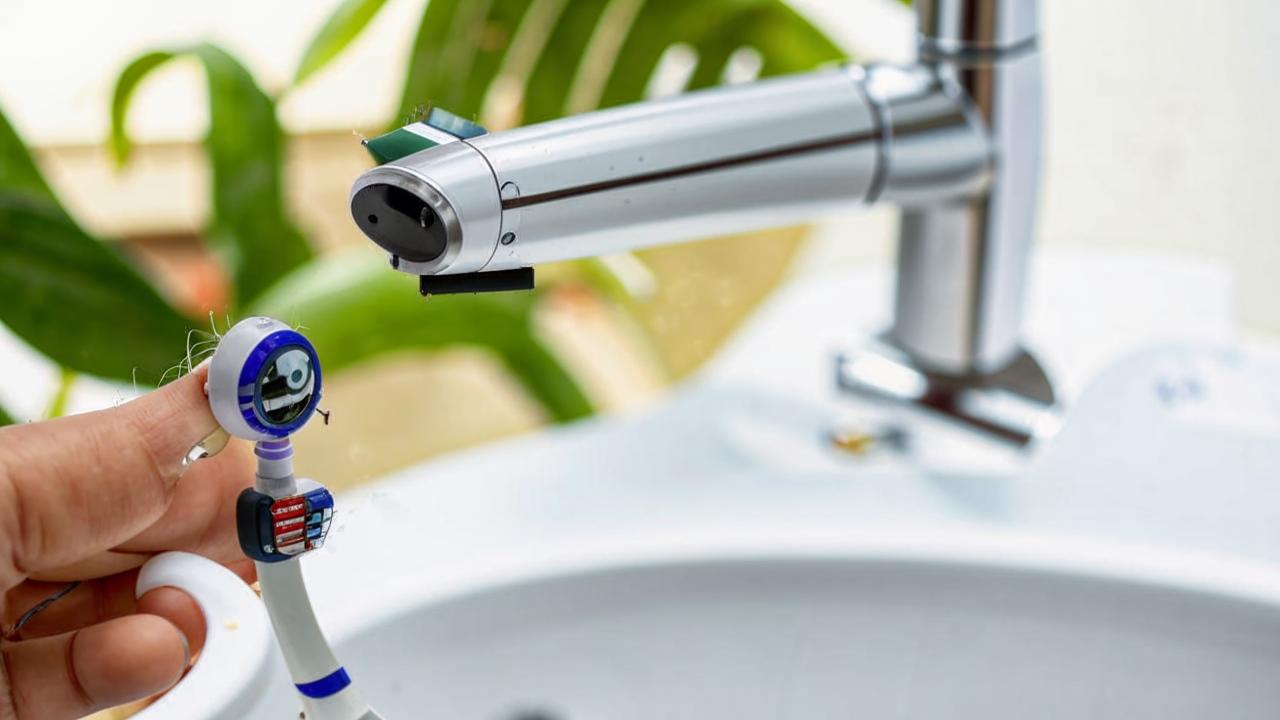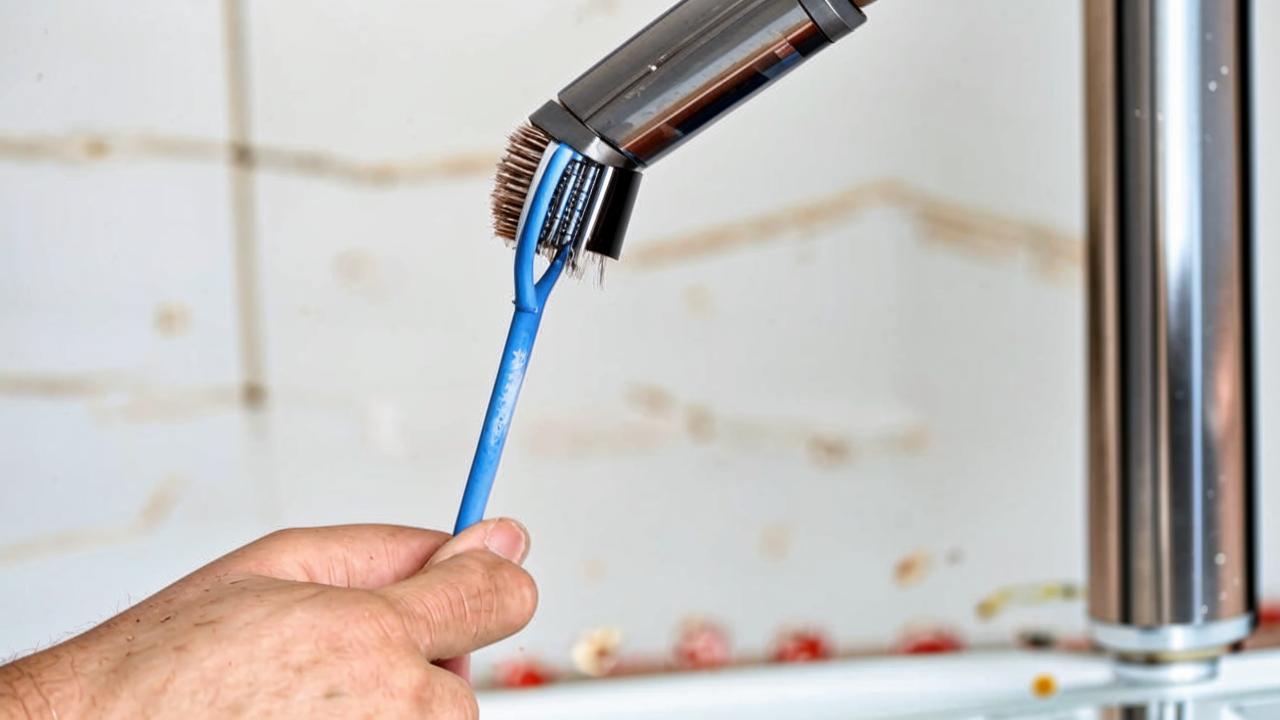Brushing your teeth with an electric toothbrush is much easier, faster and more effective than brushing with a regular toothbrush. Oral hygiene is essential, but everyone has skipped morning or evening brushing at least once.
There are dozens of types of models of electric brushes. Dentists recommend not to completely abandon the usual toothbrushes, but alternate their use. Electric brushes are superior to conventional brushes in many ways. And it’s not just about saving time.

This hygienic device produces several thousand rotational movements and pulsations. Just put the brush on your teeth and it brushes away all the plaque. The vibrations of the toothbrush head create a thick foam that penetrates into hard-to-reach places, cleaning out food debris and bacteria. Unfortunately, you can’t achieve this effect manually.
How do I brush my teeth with an electric toothbrush?
Voorbereiding
First, wash your hands with warm water. Check if the device is charged, if the charge will be enough for the rest of the procedure. On some models, the charge level is indicated by an indicator light.
Choose a suitable nozzle, moisten it slightly with water and squeeze out a small amount of paste (literally like a pea).
Cleaning in stages
For convenience, conditionally divide the oral cavity into segments and start cleaning one by one.
- The first step is to clean the outer part of the upper and lower row of teeth. Hold the brush horizontally at an angle of 45 degrees. When cleaning the front incisors, the electric brush is placed vertically.
- Then proceed to the inner surface of the enamel.
- The third step is to clean the chewing teeth. Since we chew our food with them, its residues can get stuck in the interdental space.

Therefore, you should pay more attention to the chewing teeth, especially the gaps between them. Try not to press hard on the brush, do not make oscillating movements – the electric device will do everything for you. Smoothly move the brush from tooth to tooth with light pressure. The whole brushing process will take two minutes.
After the procedure
At the end of the procedure, you can replace the classic brush head with a brush for massaging the gums and tongue. Rinse the oral cavity with warm water or a special solution.
Types of brush heads for electric toothbrushes
- Standard. Classic brush heads that are suitable for daily use.
- Orthodontic brush heads will be appreciated by the owners of braces, dentures and crowns.
- Whitening ones can be used no more than twice a week. Despite the fact that they are good at removing plaque and making teeth whiter, these tips can be harmful.
- Soft ones are suitable for people with sensitive tooth enamel.
- Children’s brush heads take into account the structure of children’s teeth.
Periodically check the brush heads for wear and tear. They should be replaced every two months. Many manufacturers install a wear indicator so that you can easily track the expiration date.
According to the degree of hardness of brushes are divided into the following types:
- delicate soft – they can be used even by children from three years old;
- soft – suitable for people with gum disease and bleeding;
- medium – the most popular and used by most people;
- hard – it is not recommended to use them often. It is enough once a week in combination with whitening toothpaste. Allow such brushes can only people who do not have problems with gums.
Types of electric toothbrushes: pros, cons
By characteristics and technology, electric toothbrushes are divided into rotary, sonic and ultrasonic. Each model has its own advantages and disadvantages.
Rotary toothbrushes
The very first devices that appeared on the modern market. These are the simplest models that work due to the built-in motor. The brush heads can be different, but it is better to give preference to round ones. They carefully but delicately remove food residue and plaque.

When in use, the brush head makes reciprocating or rotating movements. Some models can combine both. There are also devices with 3D-effect technology – the head rotates in different directions and at the same time pulsates.
Pros:
- democratic price;
- gentle mode;
- suitable for children and people with sensitive gums.
Minuses:
- small frequency of oscillating movements.
Sonic toothbrushes
Instead of a motor, these models have a high frequency generator that produces sound waves. A sonic toothbrush produces oscillating movements, while a toothbrush with lint produces sweeping movements.
Pros:
- more thorough cleaning due to vibration;
- there is a gentle mode.
Minuses:
- Can cause discomfort in case of inflammation and gum sensitivity;
- not suitable for children.
Ultrasonic toothbrushes
The most modern and powerful models that work on the basis of ultrasonic waves. The generator creates waves with a high frequency of oscillation, thanks to which the lint on the brush begins to move at an incredible speed. This technology helps remove plaque from hard-to-reach places, removes stones and disinfects gum pockets.

Pros:
- removes not only plaque but also calculus;
- cleans stains, gives a whitening effect.
Minuses:
- contraindicated for people with crowns and veneers, as ultrasonic waves can destroy the material;
- cannot be used by children and pregnant women, as well as people with calcium deficiency.
Which toothpaste to choose for an electric toothbrush
Low-abrasive toothpastes should be chosen for electric toothbrushes. Large particles at high vibration frequency can damage enamel, while fine abrasives give less stress. Some toothpastes are labeled Sonic Friendly, which means they are suitable for use with electric toothbrushes. Choose a paste for specific purposes – whitening, refreshing, mineralized, with a vitamin complex.
Additional features
Some devices have different options for additional functions, which will be a strong argument when choosing an electric toothbrush.
- Timer. With its help, you can time the time. An audible or vibration signal will inform you of the expiration of the allotted time.
- Display. With its help you can monitor the battery level.
- Pressure sensor. The pressure sensor warns you if you press hard on your teeth, which can damage the enamel. Thus, you control the force of pressure.
- The wear indicator allows you to change the nozzles in time.
- Special UV disinfection device. With the help of it, the treatment of replaceable tips is carried out.
How to care for an electric toothbrush
After use, rinse the motor unit and brush heads under running water. Wipe the unit and the brush itself with a towel and allow to dry naturally. Do not store in a pouch or case. Any remaining moisture can cause mold to grow. Disinfect once a week with an antiseptic.

Electric toothbrushes are gradually replacing conventional toothbrushes. After all, they significantly save time and provide more thorough oral care. It is important to follow all recommendations, follow the instructions for use, choose the right toothpaste and brush heads, and keep the device itself clean. However, do not forget that regular consultations with a dentist and annual professional oral hygiene are necessary.





